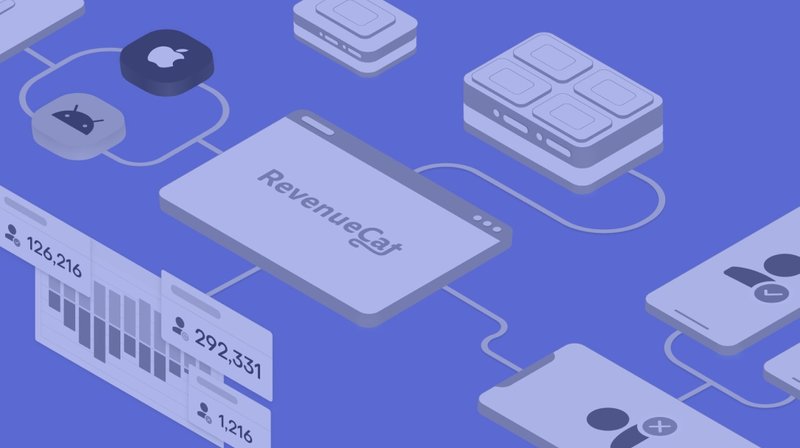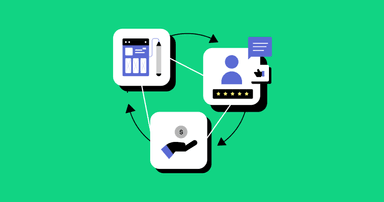Two Key Metrics You Won’t Find in the State of Subscription Apps Benchmarks
We explain why we left out these metrics (LTV and CAC), what they mean, and why they're essential for all subscription apps to measure.


Traci Hirokawa
In case you missed it, we recently launched our first State of Subscription Apps 2023 report. It’s filled with in-app subscription performance benchmarks based on the world’s largest subscription app data set. However, we felt it’s important to follow-up on two metrics that were intentionally left out: Realized Lifetime Value (LTV) and Customer Acquisition Costs (CAC).
Download the full report, including app category benchmarks
These two metrics are key indicators of performance and should be measured and monitored by all subscription app businesses. However, it would be misleading to provide benchmarks because both metrics vary greatly depending on the type of business and specific customer and also change over time. Instead, let’s delve a little deeper into what these metrics mean and why they’re so important.
Realized Lifetime Value (LTV)
Realized lifetime value (LTV), is the actual total value (revenue) generated by a customer over the course of their relationship with the app. It is calculated by taking the actual revenue that was generated by a customer cohort, and dividing it by the number of customers in that cohort. This metric changes over time, and should be regularly updated to signal changes in customer patterns and behaviors.
LTV helps subscription app businesses understand the value of their customers and make informed decisions about how to allocate their resources. LTV can be used to determine which customers are the most valuable so that apps can prioritize their marketing efforts on retaining and growing these high-value customers. It can also help uncover specific or new features and user experiences that attract and retain more valuable customers. LTV is also the primary metric of subscription pricing experiments.
While similar and sometimes used interchangeably, the calculation and use case of Average Revenue Per User (ARPU) differs from LTV. ARPU is the average revenue over a specific period of time; LTV is the total revenue over the entire relationship.
RevenueCat makes it easy to calculate and track this with our pre-built Realized LTV per Paying Customer Chart.
Customer Acquisition Cost (CAC)
Customer acquisition cost (CAC) represents the costs associated with acquiring a new customer. It is calculated by taking the total amount of money spent on acquiring new customers over a given period of time, and dividing it by the number of new customers acquired over the same time period. These costs can include various marketing and sales expenses, such as advertising and outreach.
CAC helps subscription app businesses understand how much it costs to convince a potential customer to become a subscriber. This metric also changes over time depending on the specific marketing and sales strategies that your company is using at that time. The changes in CAC can help inform decisions about marketing and sales strategies and allocating resources more effectively.
Looking at the Lifetime Value to Customer Acquisition Cost (LTV/CAC) ratio is a great metric that reflects the efficiency of your marketing spend. We’ve reviewed this in depth in a previous blog post on leveraging metrics to grow a consumer subscription app. In summary, the higher the ratio, the more profitable it is for an app to acquire a new customer.
But there are many more metrics we can provide benchmarks for…
While it would be misleading to provide benchmarks of these two metrics, the State of Subscription Apps report provides benchmarks on a wealth of other essential metrics, such as:
- Activation rates
- Paid conversion rates
- Renewal rates
- Retention rates
And if you download the PDF version, you’ll also get benchmarks for five app categories: Health & Fitness, Utilities, Productivity, Photo & Video, Lifestyle.
In-App Subscriptions Made Easy
See why thousands of the world's tops apps use RevenueCat to power in-app purchases, analyze subscription data, and grow revenue on iOS, Android, and the web.



